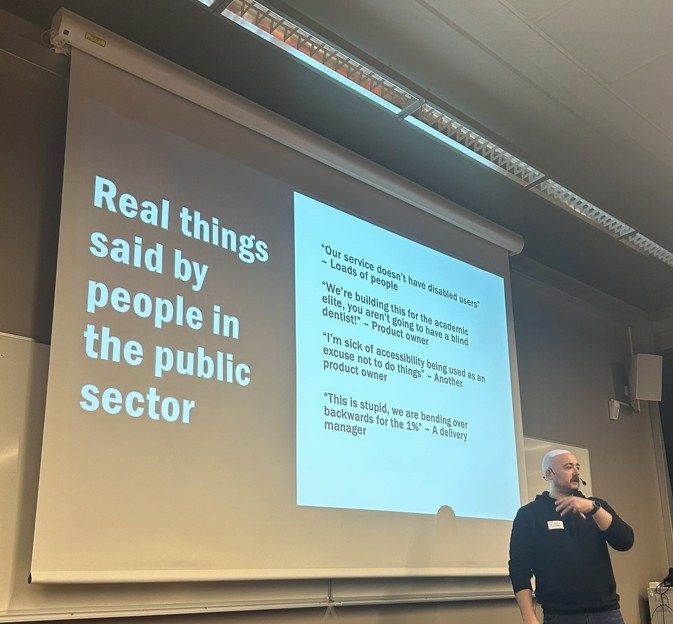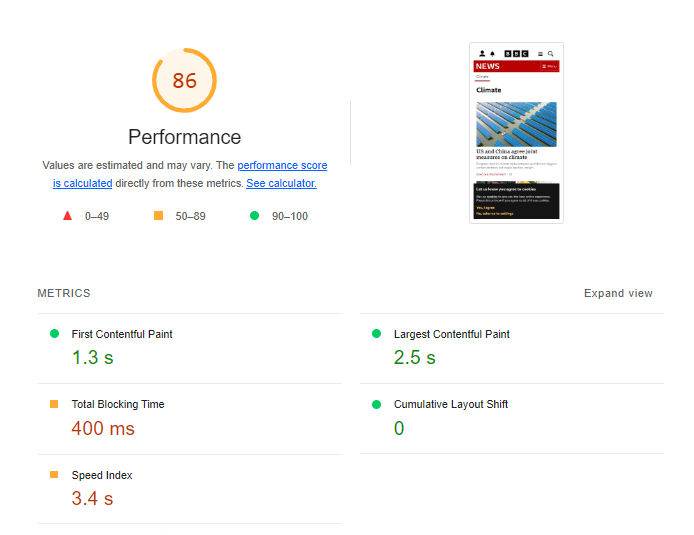Accessibility and Search Engine Optimisation
Accessibility implemented correctly can help Search Engine Optimisation (SEO). This section covers a few of the different WCAG Criteria which can help with SEO.
Audio and Video
As a society, we are generating millions of videos daily, with 3.7 million new videos uploaded to YouTube daily and 34 million videos posted on TikTok daily.
To be accessible, these videos all need captions, and many people are relying on automatic captions.
Adding captions and transcripts does help with search engine rankings if they are reviewed before publication. Any errors in the captions and transcripts will not help people viewing or hearing them. It will impact SEO. Google itself says it will rank high-quality content over poor quality. As auto-generated captions have errors, they will be ranked lower than those with higher-quality captions and transcripts.
Colour
Under WCAG, colour should not be the only way to distinguish information (e.g. red for danger, green for good). This not only helps provide context to people who may be colour blind or have set their system up to help relieve systems of photophobia, but it also gives more information to search engines.
Colour should have a contrast ratio of at least 4.5:1. In defining a usable colour palette, the user experience is enhanced, and this again helps search engine rankings as it allows the page experience.
Headings
Whilst in WCAG section 2.4.10, section headings are defined as an AAA criterion, according to WebAim screen reader users server in 2021, 85.7% said that they find heading labels very or somewhat useful. As assistive technology uses headings to provide in-page navigation, navigating using headings "remains the predominant method for finding page information."
Images
As discussed previously, images need alt text (unless they are decorative); adding alt text helps search engines as it provides more context to the content page.
Consider adding an image caption to images too. An image caption is visible in the browser. An image caption should not repeat the alt text. Copy in the caption should reflect the image contents and complement the text.
Avoid keyword stuffing in alt text and captions.
Overlays
In WCAG 2.2, more guidance was issued on sticky footers, sticky headers and non-modal dialogues WCAG 2.4.11 Focus Not Obscured (Minimum) (Level AA) and WCAG 2.4.12 Focus Not Obscured (Enhanced) (Level AAA).
Dialogues are also considered in SEO; Google says, "interrupting users with intrusive interstitials may frustrate them and erode their trust in your website". It makes it hard for SEO to understand the content, leading to poor performance.
Page Titles
The requirement for page titles is defined in criterion WCAG 2.4.2.
As page titles need to be unique across the site to help users of assistive technology uniquely identify a page, this helps with SEO. Pages with duplicate page titles can be problematic to search engines as they may not be able to distinguish between them.
Page titles in accessibility should be "Page Name - Site Name". The page name should be prioritised over the site name so that users know what page they are on.


